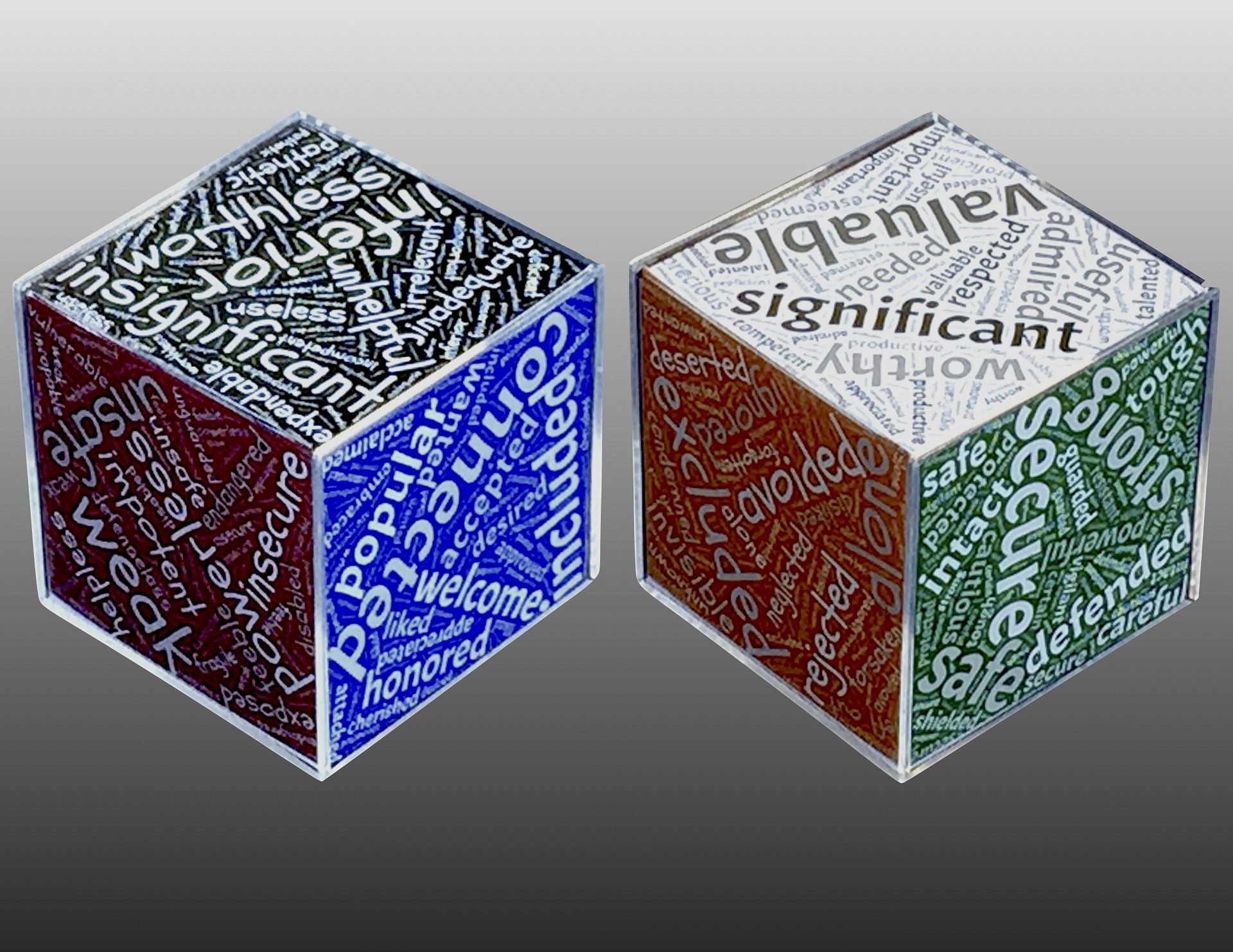Why and how to build a sustainable culture in the transition from startup to scaleup
Have you heard this saying, “When in Rome, do as Romans do it.”? What does it mean to you? To me, it says that when you go to a particular place, you should expect to meet people who behave in a certain way.
Romans had tendencies of conquering territories and engaging in bacchanalia. Assuming you can travel back in time to be one of the Romans, you know what to expect about how you’d be spending most of your time, right? Fighting or drinking wine.
How about your growing start-up? What kind of behaviours do people expect to find in your company?
Why does culture matter?
Working cultures matter for organisations of all sizes because they shape expectations about social interactions and activities. Especially for startups, culture matters to consolidate the company identity. The chosen set of core principles communicates what the company stands for to outsiders – clients, suppliers and potential future employees. But to develop a sustainable culture, which is flexible to the growth needs of the company, it is important to have an internal focus.
Building healthy work relationships, – both among founders and between founders and the people in different expert roles -, can be a differentiating success factor. Not having the right team, with a diverse skills set, is the top 3 factor of startup failure in the postmortem study of 101 startups by CBINSIGHTS.
What is the key element of a sustainable culture?
Having the right team means more than establishing complementary expert roles. It also requires building effective ways to work together as a team. What kind of environment do your people need to focus individually on their tasks and when needed, collectively?
How would you feel if every Monday, you feel that you are on your way to spending time with your second family? Where you want to give your best and should you make any mistake, you can rely on others to step up and help you out. And on a Friday evening, when you go for a drink with friends, you can candidly say, “In our company, I like that we do things this way.”
All these scenarios point to a work environment of belonging, psychological safety and honesty. Now, it’s highly likely that in the first 4 years, founders focus their attention on how to validate their product and find funding. Any business mind would agree with these two priorities. If you cannot have a competitive product to sell, there’s no business to run.
Strengthening the product attractiveness on the market is the shared responsibility of the team. Yet, the development of work relationships needs to have equal priority in the journey from startup to scaleup.
When performing complex cognitive tasks, such as effortful logic and reasoning, people who were told they would end up alone in life performed worse than people who were told they would have rewarding relationships through life, as shown in a 2002 study by Roy Baumeister and his research team. However, for simple information processing tasks, there was no difference in performance between the people who would envision a future alone or part of a social group. The more complex problems at the decision-making table, the higher the need of a community like feeling.
Beyond the accumulated experience and knowledge, we are wired for belonging, appreciation, and autonomy . We are more likely to trust and like someone whom we perceive as being one of ours. Moreover, our brains have evolved to pay attention to possible threats for a longer time and have a shorter attention span on what goes well in the environment. When good things happen, say a praise, a reward or engagement in a meaningful task, we bask in positive emotions. We might be joyful and playful on the first day following a raise. The next day, should we feel we are being micromanaged by our boss or an in-house senior, we forget about the joy and all we can think of is how we are being constrained from making our own choices. Our ability to focus on problem solving decreases.
Cultures are being shaped by the people and human relationships being developed during the everyday work. In order for the culture to be a fertile ground for the business development, now and then it’d be beneficial to dedicate enough time to openly talk about how people recognise psychological safety and belonging. And how everyone can contribute to the aspired culture.
A working culture is sustainable when the diversity of abilities, values and behaviours becomes familiar to people and thus both founders and experts can agree on what it means to interact effectively.

 Image by
Image by 





